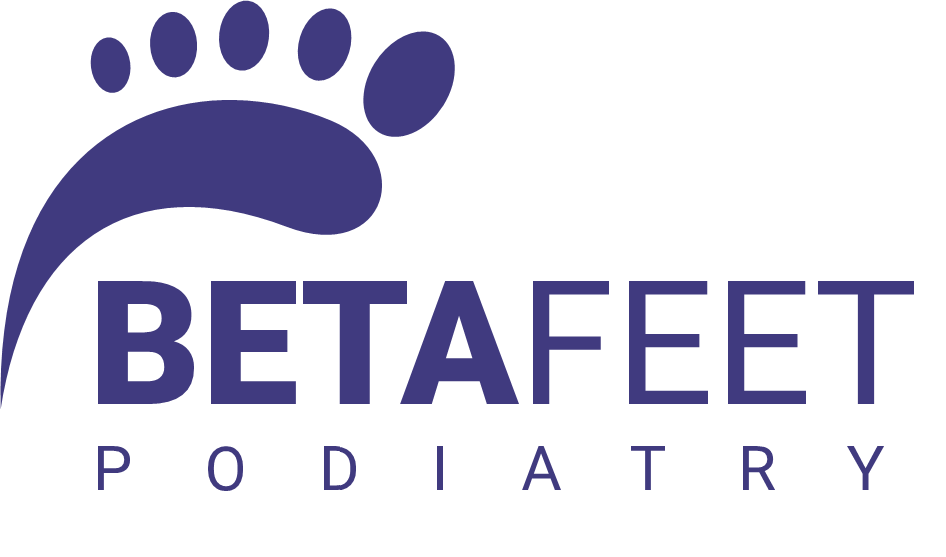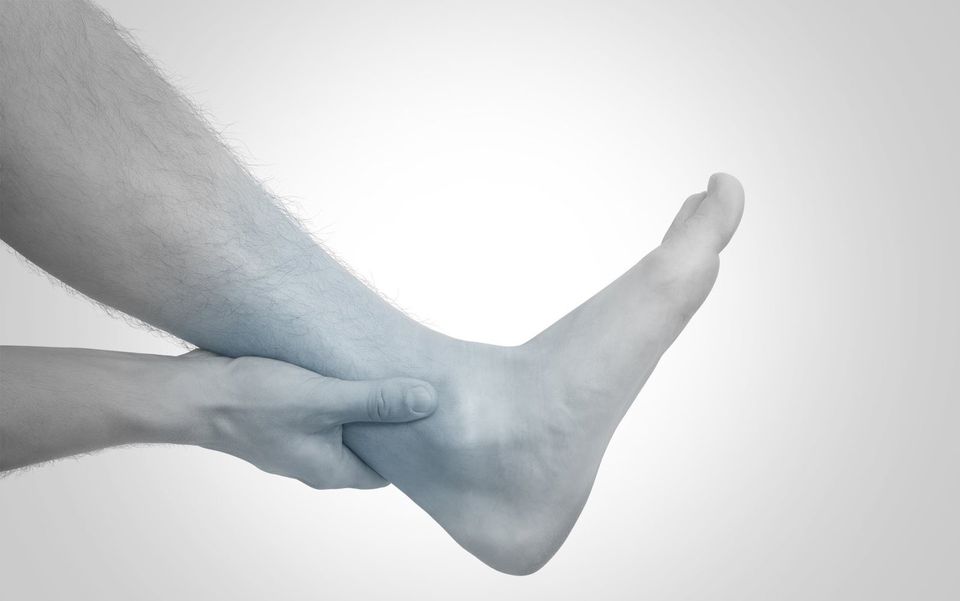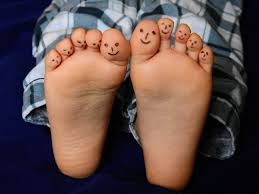-
07 Feb, 2016
Author/blogger Reggie Simpson
It's been in the news of late
What do the following famous names have in common?
Pierre-Auguste Renoir, renowned French artist
Claire King, British TV actress starring in Emmerdale, Bad Girls
Dr Christiaan Barnard, who performed the first human-to-human heart transplant
Kathleen Turner, US Hollywood star (Body Heat, Romancing the Stone)
They all suffered or are suffering from Rheumatoid Arthritis (RA).
February 2, 2016 was Rheumatoid Arthritis Day - a day to promote education and awareness launched by the Rheumatoid Patient Foundation, a non-profit organization based in the United States. Its mission is to improve the lives of people with RA and to raise greater public awareness, develop resources to support patients with effective healthcare decisions, advocate for quality healthcare and fair government policies, and contribute to scientific research in finding a cure.
It’s worth having a look at their website and online resources:
http://rheum4us.org/rheumatoid-arthritis-awareness-day/
In all about 1.3 million Americans — 75 percent of them women — know the pain of rheumatoid arthritis, or RA.
Closer to home, the charity National Rheumatoid Arthritis Society (NRAS), which counts the Rt Hon Theresa May MP, Home Secretary and Minister for Women and Equality as a patron, provides information for RA sufferers, their families, friends and carers and healthcare professionals in the UK. This includes information on the condition, how to manage it, and living with the condition so as to have the best quality of life possible.
690,000 people in the UK (1%) have rheumatoid arthritis costing the NHS approximately £560 million per year. The National Audit Office estimate that the total cost of RA to the UK economy is £4.8 billion per year.
World Arthritis Day (WAD) 12 October 2016
We may be debating about remaining in the EU, but there are European organizations and initiatives that focus attention on education, research and lobbying in the EU on RA and wider arthritic conditions and their detrimental effects on health and wellbeing.
WAD was established in 1996 as a global initiative bringing people together to raise awareness of issues affecting people with rheumatic and musculoskeletal diseases. WAD is celebrated every year on 12 October and is supported by a year-round global campaign to raise awareness, influence public policy and provide a vast network of support for all those touched by arthritis, be it osteoarthritis (OA) or arthritis in any form. The initiative is driven by EULAR (The European League Against Rheumatism) based in Switzerland. See http://www.eular.org/ to learn more. The organisation also has a useful leaflet on 10 things you should know about rheumatic diseases:
http://www.eular.org/myUploadData/files/10%20things%20on%20RD.pdf
What is the difference between RA and osteoarthritis (OA) and other forms of arthritis
Arthritis is an umbrella term used to describe inflammation of the joints. However, there are different kinds of arthritis. Although RA and OA both affect the joints, they’re very different forms of the same broader condition.
RA is an autoimmune disease, which means your body attacks itself. In people with RA, the body interprets the synovium , the soft lining around the joints, as a threat similar to a virus or bacteria and attacks it. This attack causes fluid to accumulate within the joint. The fluid build-up causes swelling, pain, stiffness, and inflammation around your joints.
OA, the most common form of arthritis, is a degenerative joint disease. People with OA experience a breakdown of the cartilage that cushions the joints. The wearing down of cartilage causes your bones to rub against each other exposing small nerves, which causes pain. OA does not involve an autoimmune process like RA does, but mild inflammation also occurs.
Both types of arthritis are more common in women than men as evidenced in the American statistics. RA and OA are more prevalent in older adults, but RA can run in families and develop at any age, often showing as a low-grade temperature, muscle aches and/or fatigue.
People who are overweight, smoke, suffer from joint deformities, diabetes, or gout are more likely to develop OA. Equally, sporting stars past and current have been diagnosed with OA, such as golfer Tiger Woods.
Symptoms could include morning stiffness and severe fatigue, as well as sore joints.
At Betafeet Podiatry we ask you for your medical history, and among the questions are whether you suffer from RA and/or arthritis. Not every patient understands what these mean unless they have been diagnosed with one or the other.
You may also wish to refer back to a website blog I posted in December 2015 on RA:
http://www.betafeetpodiatry.co.uk/rheumatoid-arthritis1
.
Hopefully, these resource tools will give you a better understanding about RA and arthritis generally. You should speak to your GP if you have any concerns about chronic or recent joint pain so that proper referral pathways to podiatric or other healthcare can be made, such as the Beta Health Clinic in Hemel, you may also benefit from other holistic treatments for RA from visiting www.betahealth.co.uk.






